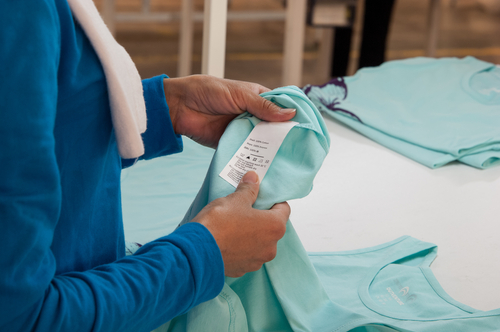登录或注册继续阅读

Since the beginning of the Covid-19 period, there was plenty of talk about whether China’s title as “the world’s factory” was under threat. However, with the epicenter of Covid-19 shifting to Europe, and the situation worsening in America and the Middle East, many supply chains the world over have been thrown into a tailspin.
来自 Bureau Veritas Marketing 5 分钟
The Coronavirus is the biggest global health emergency since the 1918 Influenza pandemic. However, it is by no means a “black swan” event. SARS in 2003 and the 2011 Fukushima disaster also tested the resilience of supply chains, albeit not to the extent that Covid-19 has.
Going forward, importers across industries, the majority of whom work with Chinese suppliers in some capacity, will have to adopt measures to manage their risk against these uncontrollable, yet inevitable global shocks. Here are three ways you can lower your risk profile in troubling times such as this.
1) Consider Near-sourcing
Near sourcing is when you shorten the distance between your production and/or assembly factories and your consumers. This can be critical when travel is disrupted to the extent that it has been during the Covid-19 crisis. Your products won’t have to travel through as many countries, so issues like the grounding of passenger planes, which has greatly diminished carrying capacities, won’t hit your company as hard.
That is not to say that you should move all production and procurement away from China, but it is worth diversifying your procurement destinations, thereby diversifying your risk. In fact, many importers with a North American consumer base have already moved some of their sourcing closer to their consumers. This is largely in response to the ongoing US-Sino trade war as well as the ever-increasing cost of labor in China. Covid-19 has simply made the case for near-sourcing even more compelling.
2) Hedge your Bets with Multiple Suppliers or Sub-suppliers
Don’t buy one key component from just one Chinese supplier even if that is the most cost-effective option in normal circumstances. Much like near-sourcing, this allows you to spread your risk, meaning that a shutdown in one province won’t paralyze your supply chain.
The exception to this is if your supplier has different sub-suppliers. Let’s say that a factory in Ningbo is shut down due to a government-mandated lockdown. If your supplier has a sub-supplier in Shenzhen, you can, at the very least, partially fulfill demand on an interim basis.
If you decide to add another vendor to your preferred supplier list, you will have to ensure they can maintain quality and comply with social and environmental standards and regulations. In such situations, especially if time is of the essence, many importers employ the services of a third-party inspection company (TPI). A TPI with a global reach can implement standardized product testing, auditing, and inspection protocols in each of your sourcing regions, allowing you to maintain a robust Quality Management System (QMS).
3) Create Buffer Stock
It isn’t easy to predict the spread of the virus and when (or to what extent) countries will re-open their borders. In such volatile circumstances, it is crucial that you stockpile your products as much as possible before transportation networks and crucial supply routes are blocked once again.
Having said that, in this mad rush to ramp up production your brand needs to consider the following:
• Do your current suppliers have the capacity to increase production for you or do you need more/different suppliers?
• Can they do this, while maintaining quality and social/environmental compliance?
• With many Chinese workers poised to return to work despite an ongoing, albeit diminished, risk of infection, can your suppliers provide their workforce with adequate personal protective equipment?
Once again, a supplier audit is absolutely critical in helping you answer these questions. You don’t want your brand reputation to take a hit because of a necessary, yet rushed change to your sourcing strategy.
*****
Sadly, it seems as if the Coronavirus will continue to disrupt supply chains—and life, as we know it—for a few more months at the very least. However, if you follow the advice above, you can manage your risk more effectively and minimize the damaging effects on your bottom line.
With over 12,000 TIC specialists, including auditors and inspectors, located in all major sourcing and selling regions, InSpec by BV is perfectly positioned to help you make your supply chain more resilient, so you can weather the storm that is Covid-19.
